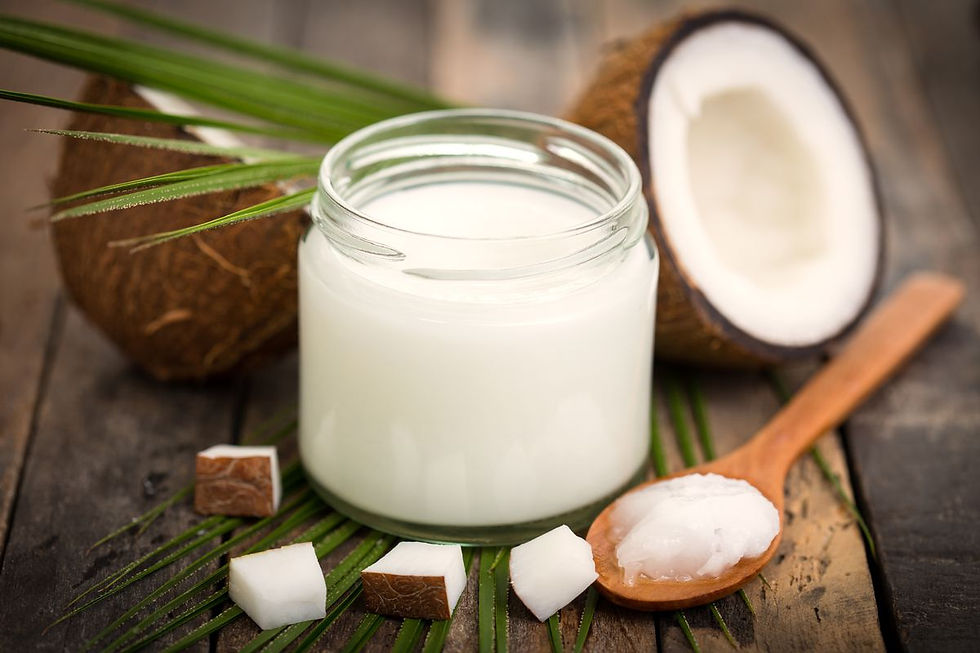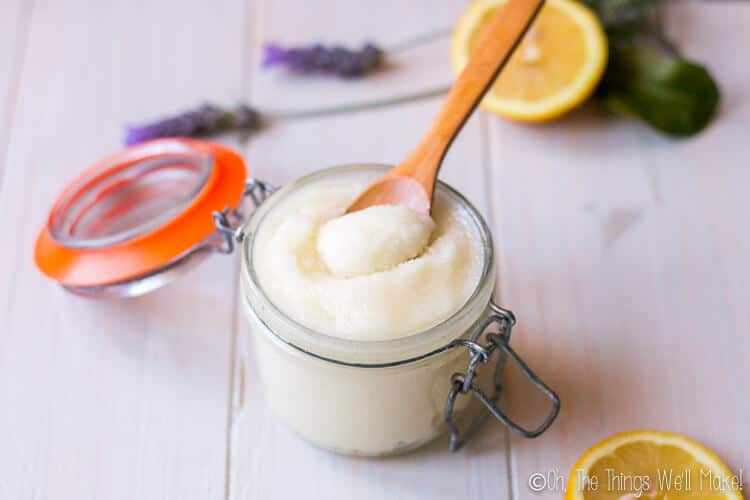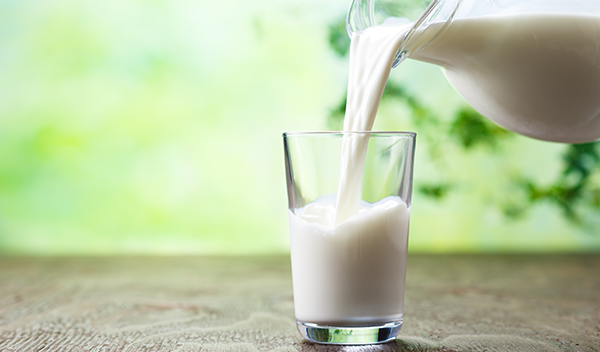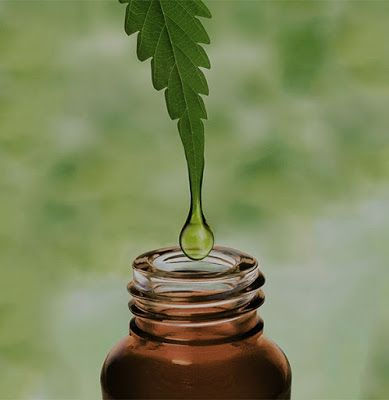Ayurvedic Skincare Routine for Men
- Ankur Bagai

- Jun 15, 2020
- 6 min read
Ayurveda which is made of two words Ayur which means Life and is another name for Lord Vishnu and Veda is because of it is incorporated in Athraveda (Last of the Four Vedas) is a Hindu traditional system of medicine the traditional Hindu system of medicine (incorporated in Atharva Veda, the last of the four Vedas), which is based on the idea of balance in bodily systems and uses diet, herbal treatment, and yogic breathing.
One of the oldest forms of Alternative Medicine, General Wellness, and pseudoscientific healthcare might not be approved and accepted by all but its methods & routines have been proven to be beneficial for skincare & wellness overall. Especially, people who suffer from sensitive skin, combination skin or have any kind of skin issue because of which they avoid any chemical-based products and people who don't want to use any artificial or chemical-based off the rack products because of general fear & risk can stick to an Ayurvedic style of Skincare routine. While we explained the Korean Skincare Routine in our previous blog which is derived from their culture and history and based upon traditional Korean medicine. Ayurveda is derived from Indian culture, history & traditional medicine dating to almost as old as 6000 BCE.

The first recorded forms of Ayurveda as medical texts evolved from the Vedas. Ayurveda is a discipline of the upaveda or "auxiliary knowledge" in Vedic tradition. The origins of Ayurveda are also found in Atharvaveda, which contains 114 hymns and incantations described as magical cures for disease. There are various legendary accounts of the origin of Ayurveda, e.g. that it was received by Dhanvantari (or Divodasa) from Brahma. Tradition also holds that the writings of Ayurveda were influenced by a lost text by the sage Agnivesa.
While not getting into its complicated & debatable scientific research on its medicinal usage for much more serious diseases, we will concentrate on the outer body skincare routine and few organic food & drinks which are proved to be effective for skin. We will still recommend consulting a professional doctor if you have any kind of side effect as some of these products do carry certain leaves, oils & organic ingredients which might be allergic to some people.

The earliest classical Sanskrit works on Ayurveda describe medicine as being divided into eight components. This characterization of the physicians' art, "the medicine that has eight components" is first found in the Sanskrit epic the Mahabharta, c. 4th century BCE. The components are:
Kayachikitsa: general medicine, medicine of the body
Kaumara-baryta (Pediatrics): Discussions about prenatal and postnatal care of baby and mother, methods of conception; choosing the child's gender, intelligence, and constitution; and childhood diseases and midwifery.
Salyatantra: surgical techniques and the extraction of foreign objects
Shalakyatantra: treatment of ailments affecting ears, eyes, nose, mouth, etc. ("ENT")
Bhatavidya: pacification of possessing spirits, and the people whose minds are affected by such possession
Agadatantra/Vishagara-vairodh Tantra (Toxicology): It includes subjects about epidemics, toxins in animals, vegetables, and minerals. It as well contains keys for recognizing those anomalies and their antidotes.
Rasayantantra: rejuvenation and tonics for increasing lifespan, intellect and strength
Vajikaranatantra: aphrodisiacs and treatments for increasing the volume and viability of semen and sexual pleasure. It also deals with infertility problems (for those hoping to conceive) and spiritual development (transmutation of sexual energy into spiritual energy).
While our focus will be on skincare & general wellness which comes under Rasayantantra. While it focuses collectively on rejuvenation & tonics for increasing lifespan, intellect, and strength. Even in Korean medicinal science, and modern science, the scientists have agreed that face and the skin tell all the answers to most of the medical upsets & disease. If your face looks fresh & charming, your body & general wellness will too.

Follow these following steps to heal your skin, body & mind through Ayurveda:
1. Know Your Dosha

Your body is divided into three Doshas which are Vata, Pitta, and Kapha. Vata is thin, dry, fine-pored, delicate, and wrinkle-prone; Pitta is susceptible to rashes, breakouts, and rosacea if out of balance; and Kapha is thicker and oilier, prone to enlarged pores, blackheads, pimples, and eczema. These Doshas are based upon the natural elements of this world. Vata or Vatha is made up of Air & Ether and controls your movement. Pitta or Pitha is made up of Fire & Water and controls Transformation. Kapha is made up of Water & Earth which controls cold and cohesion. While understandings and figuring it all out is a tedious process, so looks for the symptoms to understand your dosha and work accordingly. In simpler terms, Vata can be matched with dry skin, Pitta is for sensitive & combination skin while Kapha is for oily skin.
2. Let the seasons dictate your skincare

Another essential factor that several people tend to miss upon is working according to season. While in Summers oily skin or Kapha dosh is a major factor while in Winters dry skin or Vata dosh is imbalances. While in simplified terms, the body retention of water in winter is less as compared to summer due to lack of sweating & lower temperatures which makes skin extremely dry. In the case of someone with Oily skin, they need to keep their skin hydrated so that body doesn't produce an excessive amount of oil and sebum to regulate the dryness while people with dry skin need to hydrate their skin even more with stronger products multiple times to make sure that skin doesn't go even drier than it already is, which will reverse in summers where dry skin people need to work on keeping asking hydrated, oily skin people will have to work on controlling excessive oil. With sensitive & combination skin that comes under Pitta Dosh needs to study their skin & observe the changes and work accordingly which will vary a lot from person to person.
3. Moisturize your face with coconut oil and whip up facial masks

Coconut oil for daily use because it’s cooling in nature, and not too heavy. While some people swear by Ghee (Clarified Butter) which is also useful in many cases. Masks are your go-to: dry and irritated skin will bounce back with an organic castor oil mask. And if you suffer from the opposite, you absorb excess oil with chickpea flour. Use it as a base for masks to absorb excess oil from the face, chest, and back.
4. Exfoliate with sugar

Sugar helps boost cell turnover and retains moisture, and it’s considered cooling (not heating), which makes it good for summer. We recommend mixing it with cooling, rejuvenating herbs and botanicals such as rose petals, slippery elm, and bhringraj, for a facial scrub.
5. Swab your skin with raw milk—or bathe in it

Once a day dip a cotton ball into a small bowl of raw milk and wipe your face thoroughly with it to remove dirt from your pores. Adding milk or cream to your bath will also soothe and nourish your skin. And if you’re vegan, coconut milk has similar properties.
6. Use rosewater as a toner

Use rosewater spray because “it smells good and feels great” and can be used several times a day, “Roses are cooling and support soft, supple skin.” Apart from this Rosewater has several properties like soothing skin irritation, reduces skin redness, helps, prevents & treats infections, Heals cuts, scars, and burns, enhances mood, and relieve headache.
7. Spot-treat with neem oil

Use a cotton swab to apply it directly to pimples or spots of minor inflammation and “let it do its magic overnight.” If you missed our article on the benefits of Neem Oil, do check it.
8. Add aloe vera to your regular regimen

The plant isn’t just for sunburns. It makes the skin smooth, supple, and younger-looking. Some women apply it topically, like a toner or treatment. Others swear by a daily swig or sipping it in a juice.
9. Practice oil pulling

Swishing sesame or coconut oil instead of Listerine has become a super popular practice of late. And while you’d think its immediate benefits would be related to oral hygiene, the idea is that a healthy mouth boosts your overall wellness (healthy gums are related to the healthy heart) and that it aids in all-over detoxification.
10. Use a raw silk gharshana glove or natural bristle dry brush on your body

It’s key to toned and firm skin, great for places that retain fluid and helps cellulite. For Vata and Pitta skin types (dry or sensitive skin), use a raw silk gharshana glove for an effective but less abrasive form of exfoliation. For Kapha skin type (thicker, oily skin), use a natural bristle brush. Starting with your feet, massage in upward, circular motions toward the heart. Then rinse off.
11. Make hair lustrous with coconut oil

In addition to imparting sheen, it provides strengthening nourishment to the hair. Take your time massaging it in (add essential oils of geranium, lavender, and rosemary, like at the spa, if you can) to improve circulation and slough off dead skin cells, which is said to help hair growth.
12. Slather yourself in oils—and learn the art of self-massage

Massage is as important to boosting radiance as it is to help manage stress. “For example, Abhyanga, an Ayurvedic massage done with warm massage oil, not only deeply moisturizes but afterward, you’ll look and feel more radiant. It offers many health benefits when done regularly, as well.” Can’t slip away to the spa? Use an Ayurvedic oil and work from your face down to the soles of your feet. And good news—even two minutes before bed helps.
While Ayurveda is seen as an archaic & tedious process, it is quite useful and effective especially in a time when chemical-based products have ruined the natural working of the body. While these methods are gender-neutral, some of the steps might vary from a person's need.


Comentarios